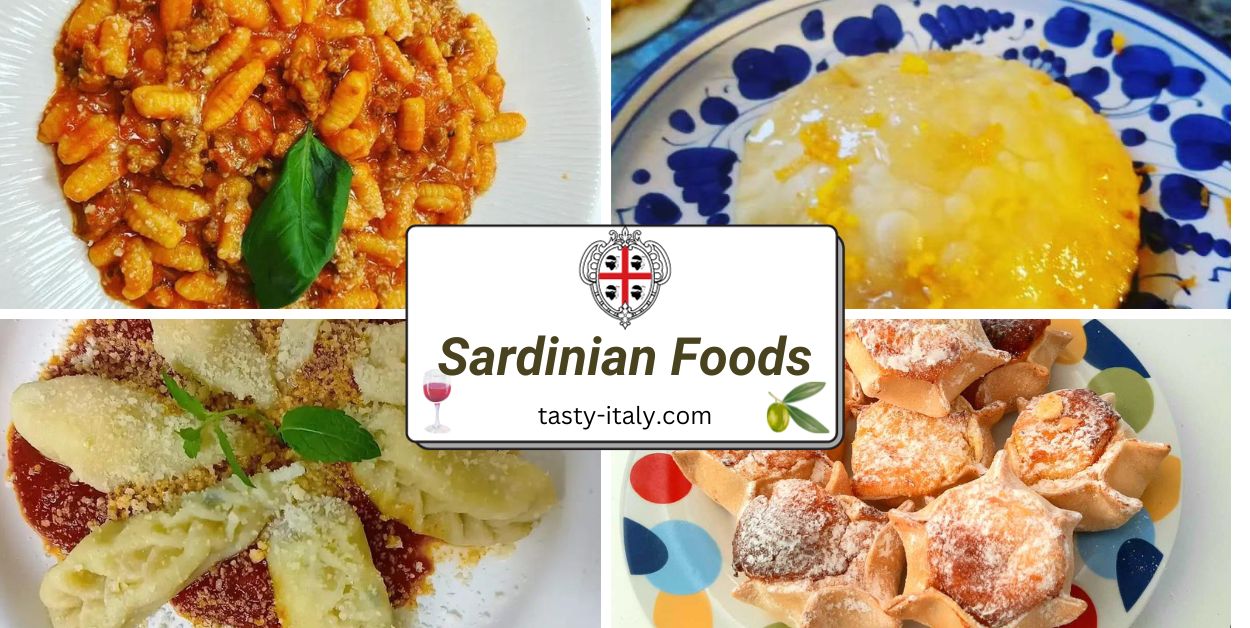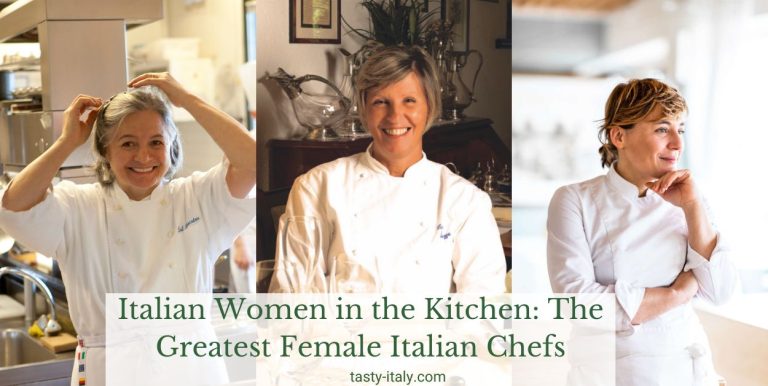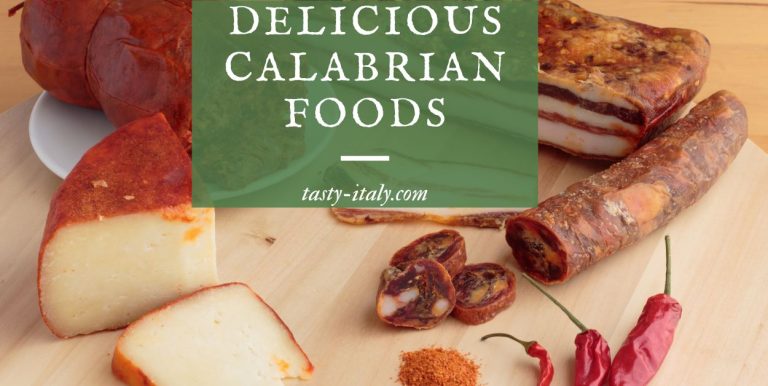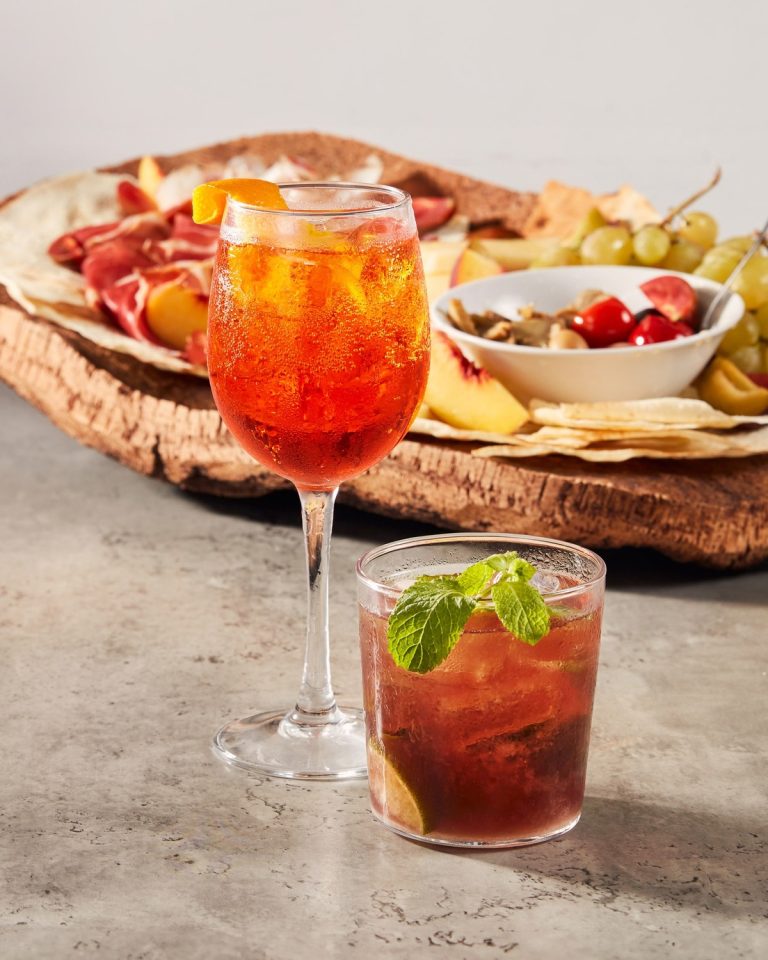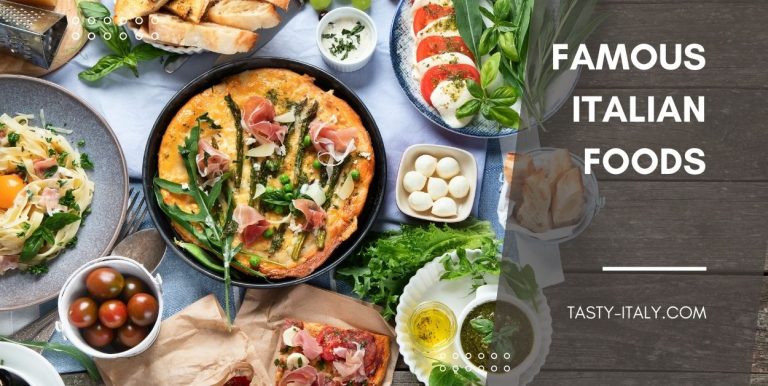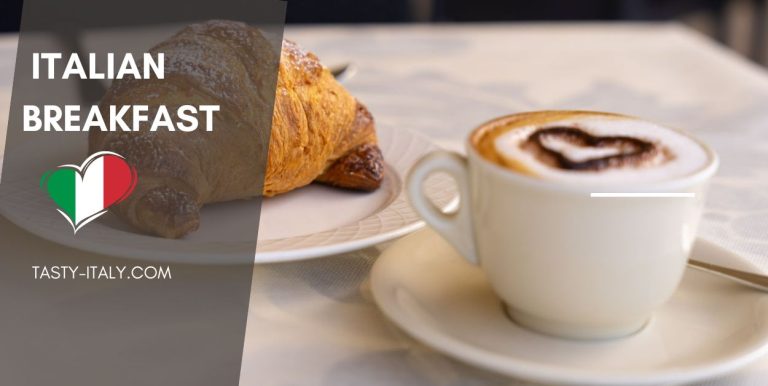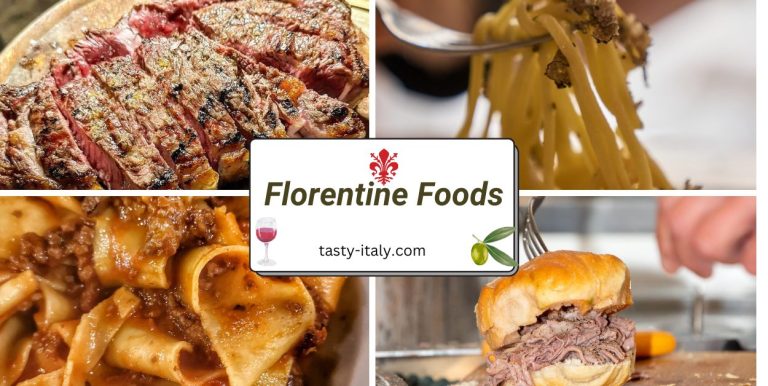12 Traditional Foods in Sardinia, Italy
Sardegna is an island off the western coast of the Italian peninsula. Technically speaking, it is one of the 20 regions of the country of Italy, but the people don’t necessarily feel like Italian people. This island is north of Tunisia and directly south of the French island Corsica; this geography has allowed Sardinia to keep its distance from Italy. In essence, Sardinia is a member of the Italian country by law only.
Culturally, the Sardinian people are entirely unique. They have their own language (sarda), their own rich history, and their own unique cuisine.
Being an island region, Sardinian cuisine is heavily influenced by seafood. On land, where the second- largest island of the Mediterranean is covered in mountains, Sardinians cook with products taken from sheep and pigs. For flavoring meals and desserts, you will find a lot of recipes make use of local saffron, citrus fruits, and honey. Combining these ingredients in various manners serves up hundreds of Sardinian dishes. The following is just a small sampling of the best traditional foods Sardegna has to offer.
1. Pecorino
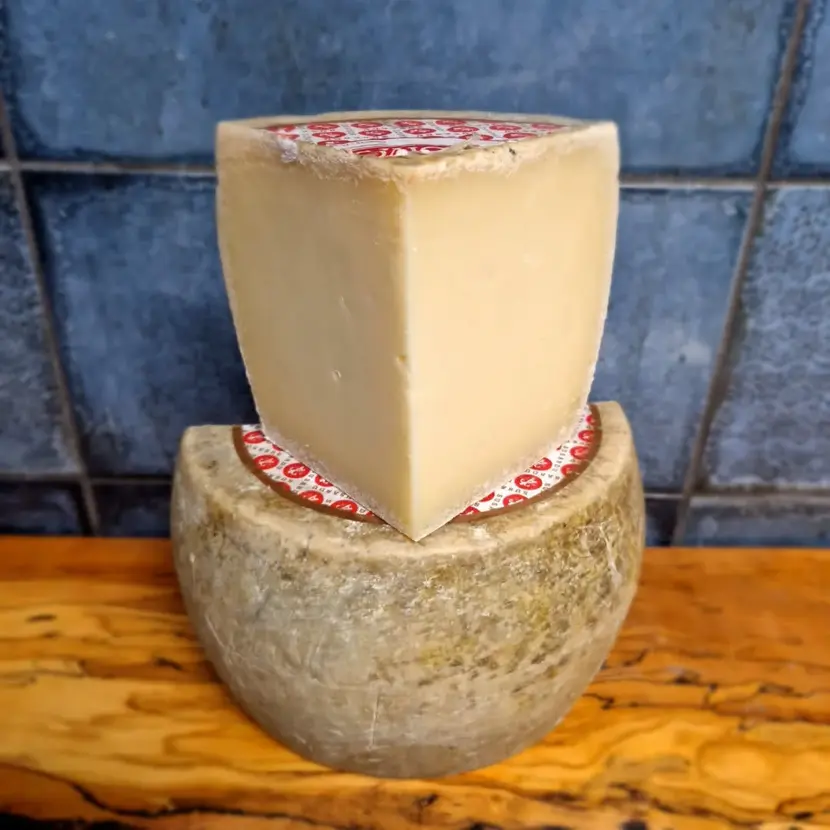
Cows are the primary producer of cheese. But one of the most delicious cheeses comes instead from sheep: pecorino. You can find pecorino cheese all across the country of Italy, but pecorino sardo (Sardinian sheep cheese) is something unique. Italians are very proud of their traditional products and denominate their most precious goods with a special label. Carrying that label means that the production of the product is carefully regulated to ensure authenticity and quality that meets traditional standards. Pecorino sardo is ranked DOP (Denominazione di Origine Protetta, Designation of Protected Origin)
Fun Fact: You may have heard tales of a cheese called casu marzu. You may have also vomited in your mouth just a little bit when you heard what it is. Yes, casu marzu, meaning “rotten cheese”, is a variation of pecorino sardo. It is made by purposefully allowing flies to live in pre-made holes in the cheese, lay eggs, and leave the new larvae hatchlings to eat the cheese. The end result is a softer and creamier texture than regular pecorino– just, with live fly larvae in it. And, yes, traditionally you were supposed to eat the larvae too. The European Union has since declared the production of this product not hygienic, not safe, and not legal. Nevertheless, casu marzu is still available for purchase on the black market, and is still eaten. It may not be nearly as popular as it was in former generations, but it is still a part of traditional Sardinian cuisine.
2. Saffron
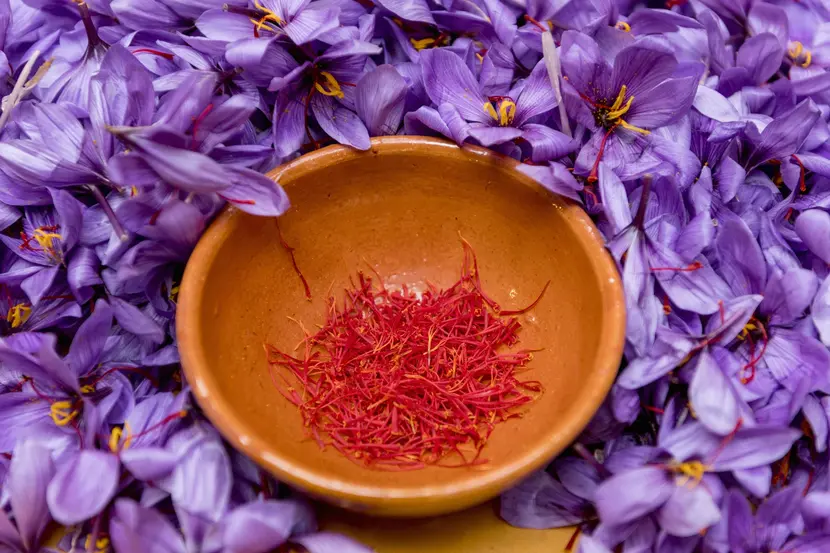
It’s called “Red Gold” due to its vibrant color and precious value. Ever since ancient times, saffron has grown on the island of Sardinia. Back then the saffron was used as a fabric dye instead of a food spice. Now, it is a beloved aromatic to use in cooking. And, honestly, Sardinians put it on just about everything. It’s bright red color and strong flavor has allowed it to be a favorite spice since the ancient times. Like pecorino cheese, Sardinian saffron has earned the DOP (Designation of Protected Origin). Sardinian saffron is, therefore, cultivated, harvested, and packaged in Sardinia.
3. Pane Carasau
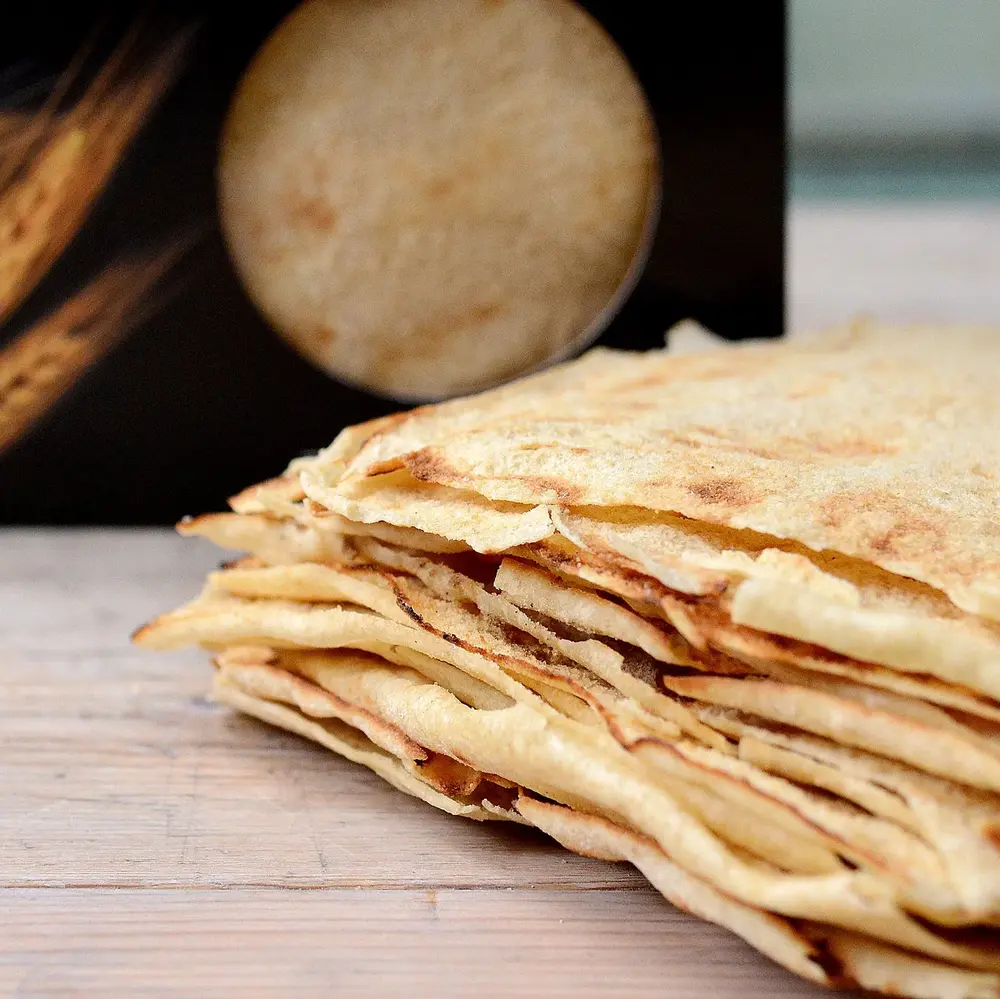
Pane carasau is one of the favorite breads of Sardinia. It’s a super thin and crispy flatbread, twice-baked into a disk shape. It is also an ancient bread. This flatbread recipe is so old that remains of it were found at an archeological site from 1000 BCE. Pane carasau is a versatile bread that is easy to make and stays fresh for a long time. It is delicious on its own, or it can be softened up with broth or oil. Or it can be used as a base ingredient for a full dish. Pane guttiau is made by baking the flatbread with meat, cheese, and seasoned oil on top. Pane fratau is another popular dish made by topping the flatbread with broth, tomatoes, and poached eggs.
4. Zuppa Cuata (Gallurese)
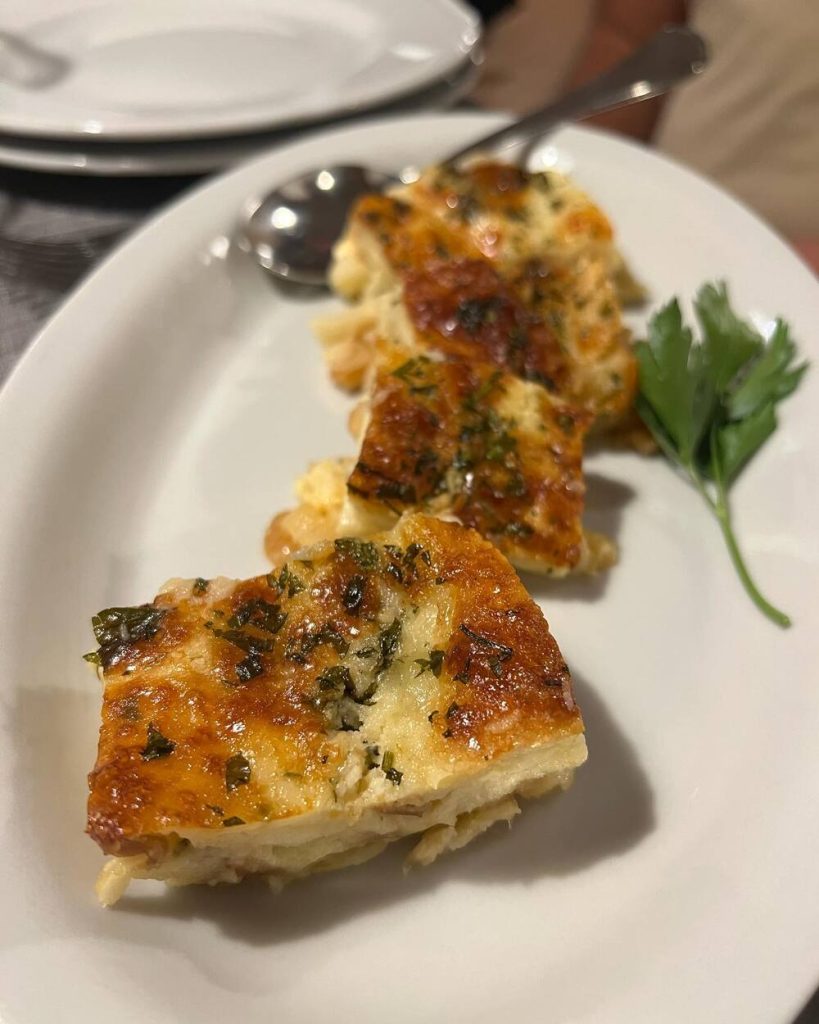
Zuppa cuata, also called zuppa gallurese, is a peasant dish. Even though it is called a soup (zuppa), this dish isn’t exactly soupy. It is made from stale bread and sheep broth, seasoned with mint and parsley, and then topped with pecorino. All of this is then baked in the oven until the cheese begins to get melty. In the end, this so-called soup is not liquid, but simply damp bread. This particular dish comes from the Gallura zone of Sardinia, which is where we derive the adjective gallurese in this dish.
5. Fregula
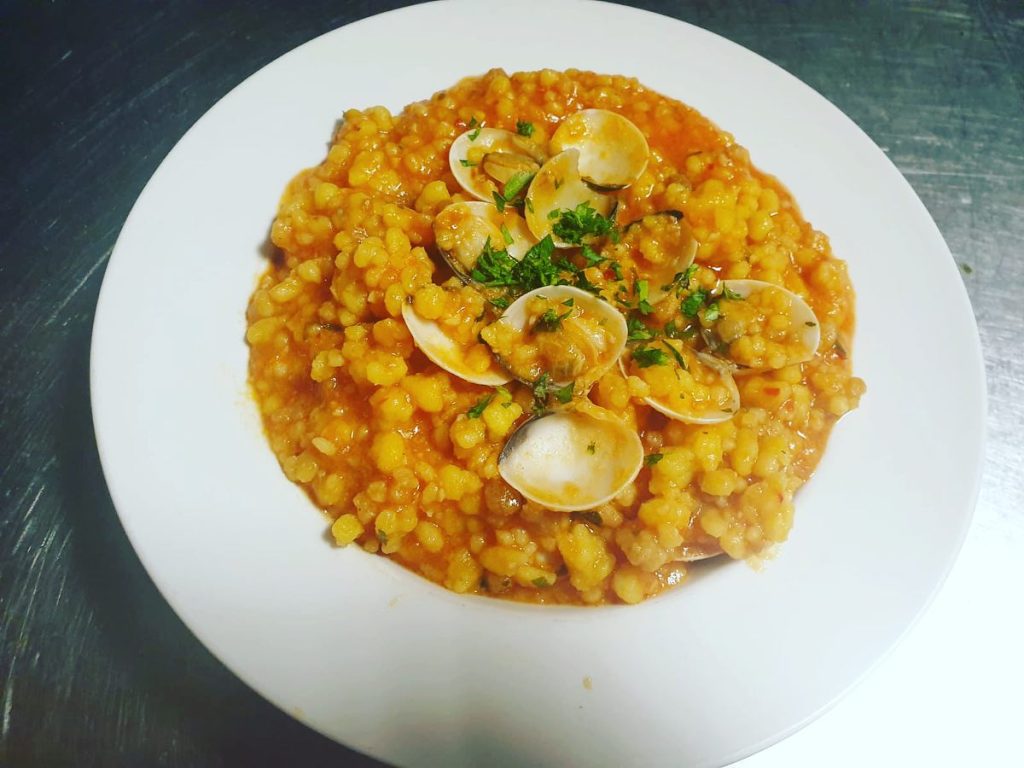
Fregula is a type of tiny pasta. It is similar to cous cous, but a bit bigger in diameter. The pasta is made from semolina, salt, and water. It is a favorite pasta to use for fish-based dishes. One particular favorite is a pasta made with tomato sauce and clams. It is also a popular add-in to minestre (soups), especially those made with sheep broth or flavored with seafood. Because of its small size, it can also be used as a substitute for rice in a risotto-like dish. Or in the hot summer, it is also perfect for pasta fredda (pasta salad).
6. Malloreddus
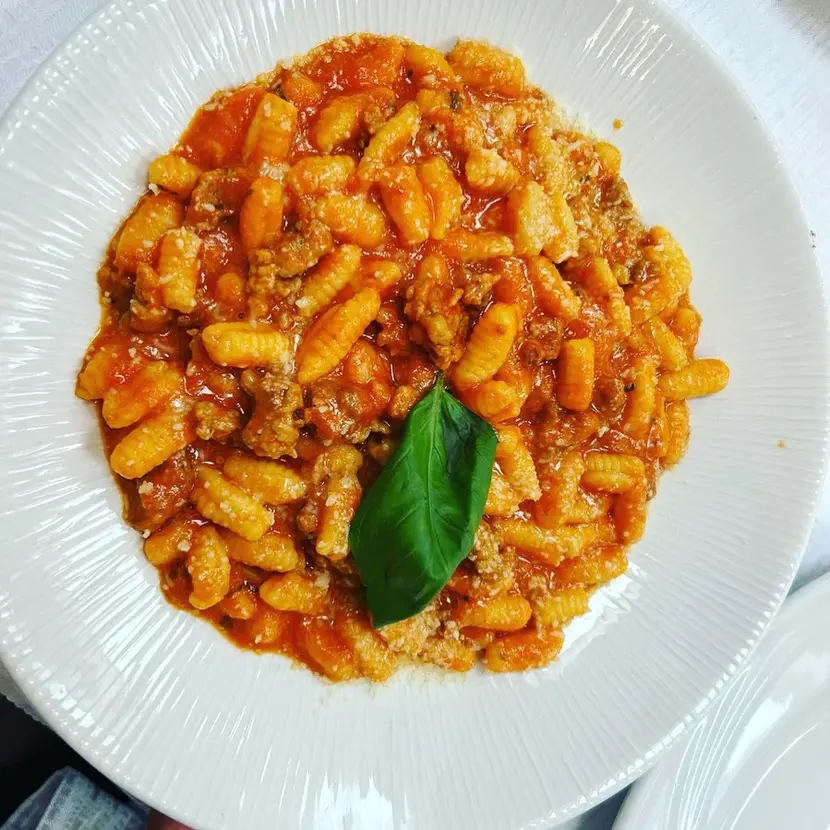
Mainland Italians called this “gnocchetti sardi” (Sardinian gnocchi). Malloreddus, however, is not a potato dumpling. It is only half of that. There is no potato in malloreddus; it is, however, a ribbed dumpling. Like gnocchi, these little pastas pair perfectly with various sauces. Malloreddus is made of only semolina flour and water. They are small and chewy and delightful with ragù.
A traditional dish made with this pasta is malloreddus alla campidanese. It is made by tossing the dumplings with a ragù sauce of pork sausage, onion, and tomatoes. The final dish is seasoned with saffron and pecorino cheese.
7. Culurgiones
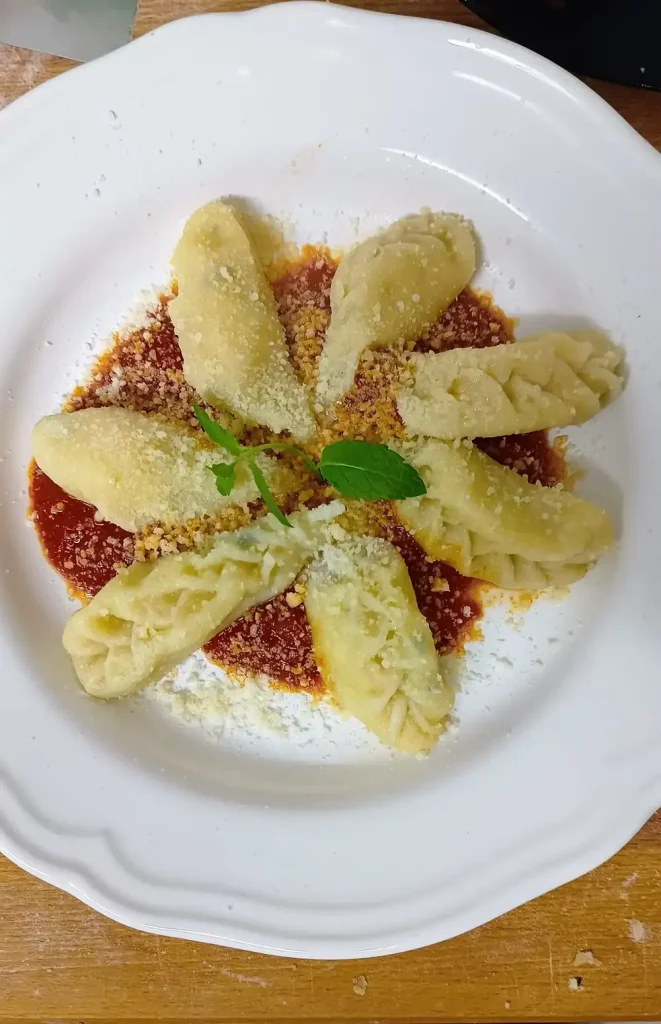
Culurgiones can be compared to ravioli, but they are certainly not the same thing. Both are a hollow pasta shape meant to be filled. Usually, Sardinians stuff culurgiones with potatoes, mint, garlic, and cheese. Traditionally, these pastas were served on holidays, especially the Italian day of the dead on November 2nd, or Lenten season (carnivale) just prior to Easter.
8. Bottarga
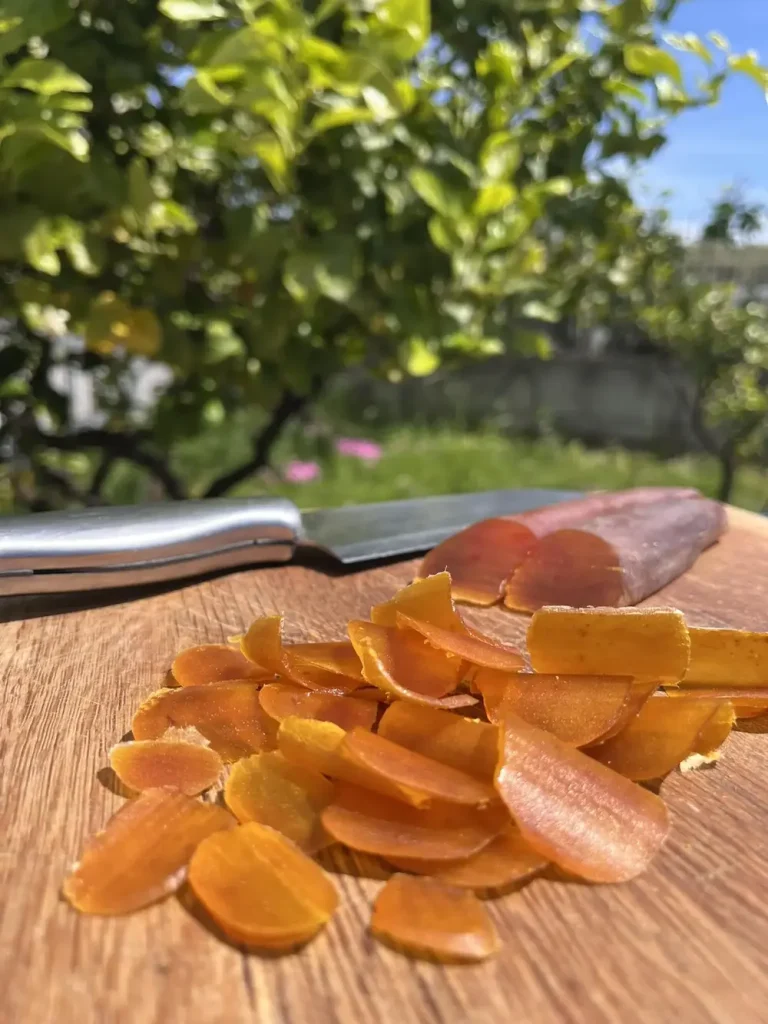
This is Sardinian caviar. Bottarga is made from fish eggs, specifically the whole roe pouch of tuna or grey mullet eggs. The roe pouch is then salted, dried, and then grated into tiny flakes. Sardinians love bottarga and sprinkle the fish-egg flakes over everything, from bruschetta and pasta, to even sprinkling it over pizza!
9. Porceddu
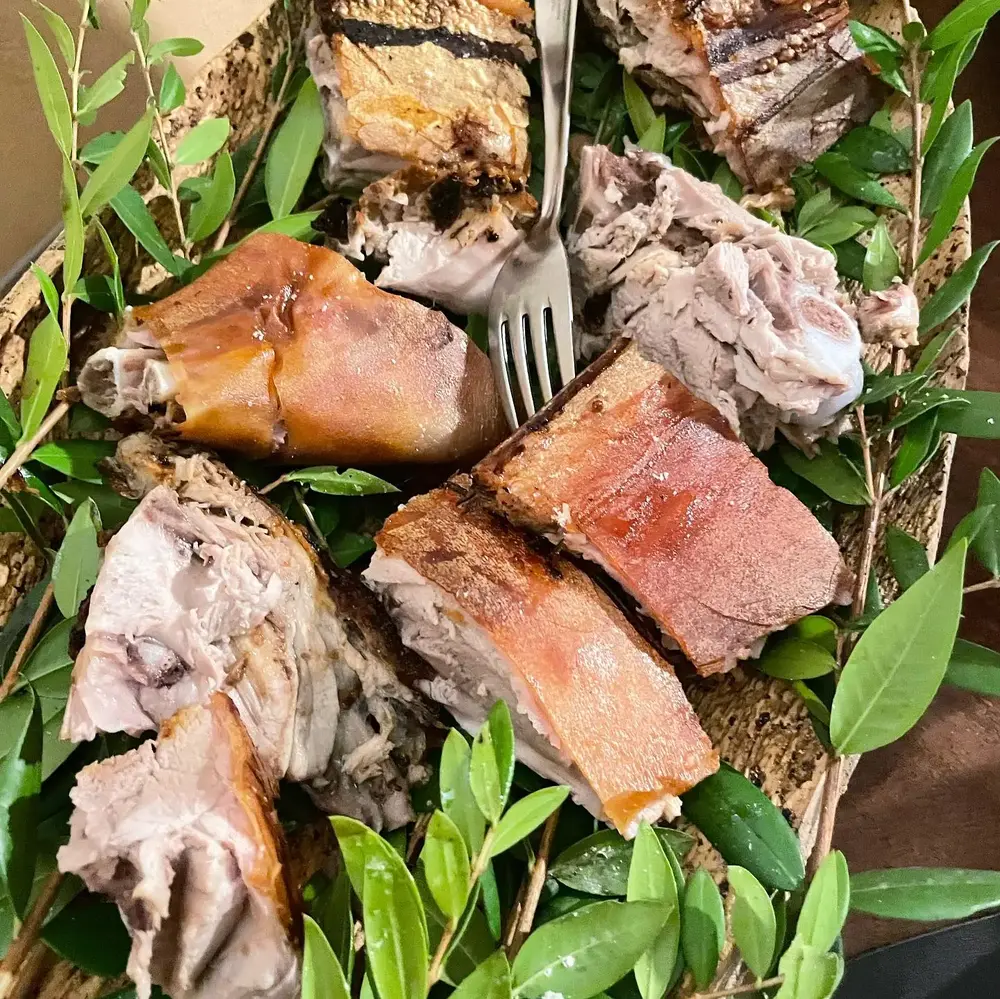
Roasted suckling pig. This is a dish that, unfortunately, you won’t find in restaurants. If you want to partake in a porceddu, in Sardinia, you are going to need to make friends with the locals. This dish isn’t served in restaurants because it takes far too long to cook. In fact, the pig needs to cook on the spit over the fire for at least four hours. Additionally, it requires a special cooking area, like an extra-large oven. It is a popular dish to be served a special events and large gatherings.
10. Burrida
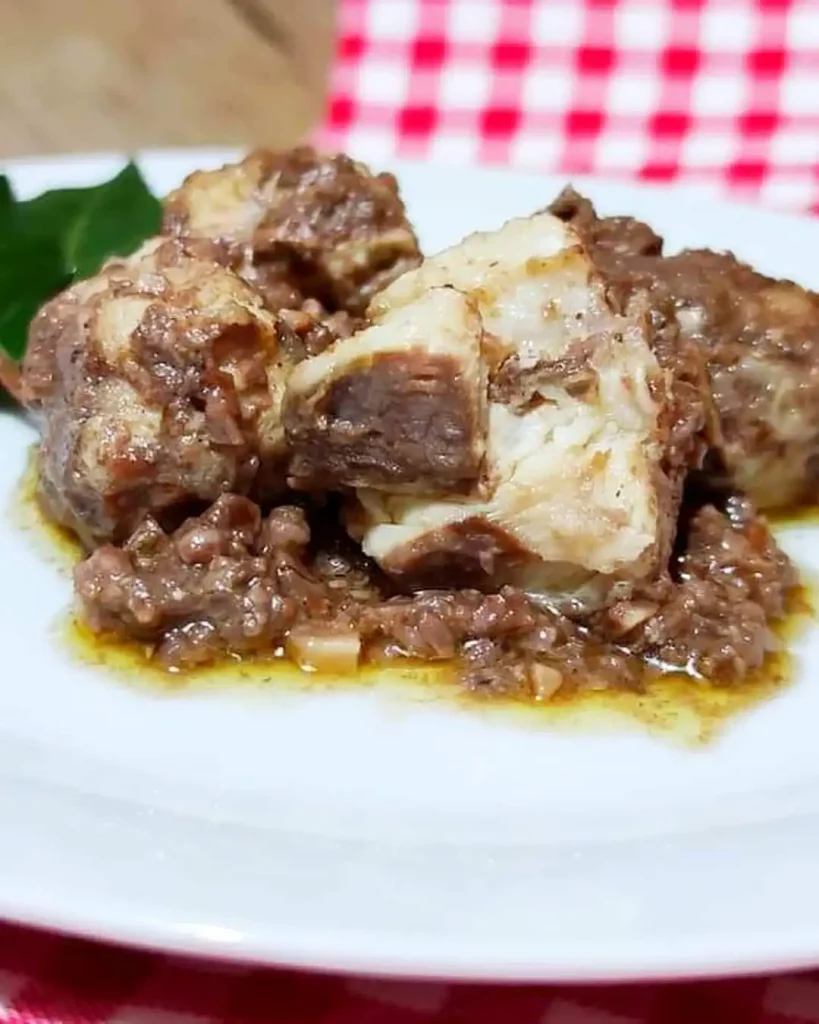
Making use of the sea surrounding the island, Sardianians cook frequently with seafood. One of the favorite fish foods is burrida, which is made with gattucci (dogfish) or shark meat. The fish cut into bite- sized pieces and slow-cooked in broth. After cooking, the fish is then left to marinate in an oily vinegar sauce seasoned with walnuts, garlic, and parsley. The final result is a delicious plate that can either be served in small portions as an appetizer or enlarged as a secondo (second, meat-based entrée).
11. Seadas
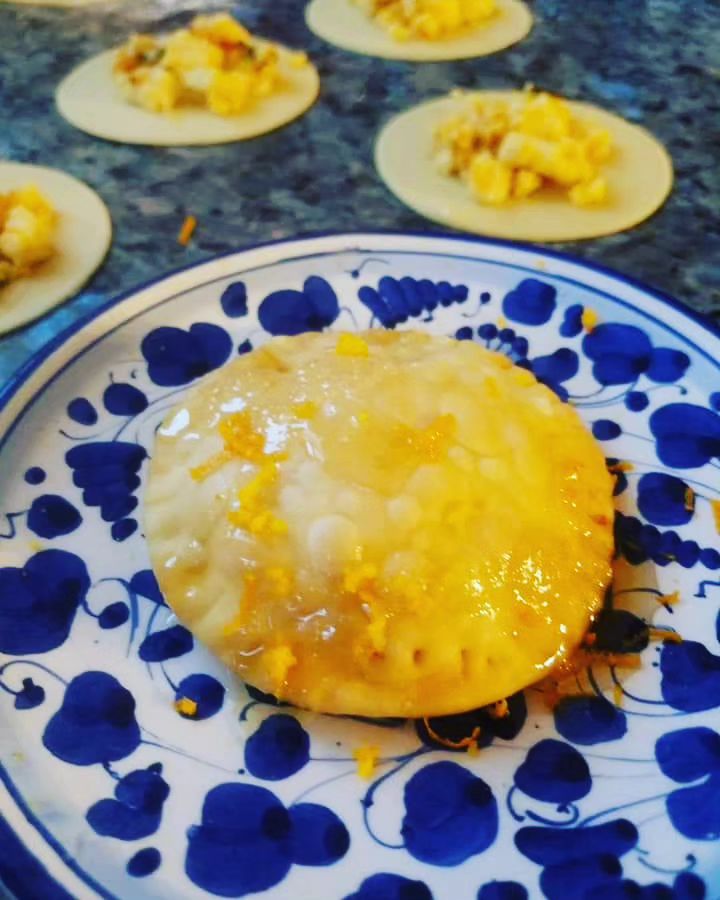
After a meal, a sweet treat is always welcome. One of the favorite desserts of Sardinia is seadas. In essence, this dish is fried semolina dumplings. Each dumpling is filled with pecorino cheese and lemon zest, and later topped with honey and sugar. This dish is especially authentic to Sardinian tradition, it utilizes two of the most common dessert ingredients: cheese and honey.
12. Pardula
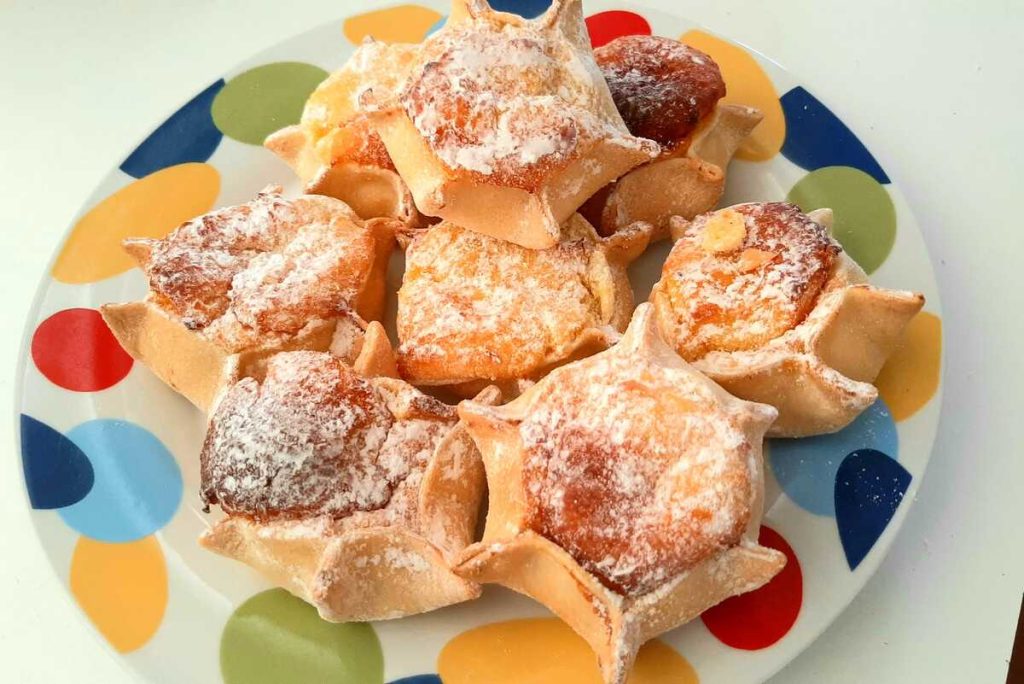
At Easter time, or anytime a craving strikes, Sardinians enjoy pardulas. The pastry is made of semolina flour and lard, then it is filled with ricotta cheese, and finally the dough is pinched into a star-like shape. Depending on the region of Sardinia, bakers will add either saffron, orange zest, or lemon zest. These add-ins in the filling give it a yellow-orange color, reminiscent of the sun, which adds to the Easter holiday atmosphere. This finished dessert is soft, sweet, and very cute.

